Dreamforce 2011: Chatter and HTML5 releases aim at social enterprise
With a raft of Chatter additions and some HTML5 compatibility on mobile devices, Salesforce.com is really pushing its social cause.
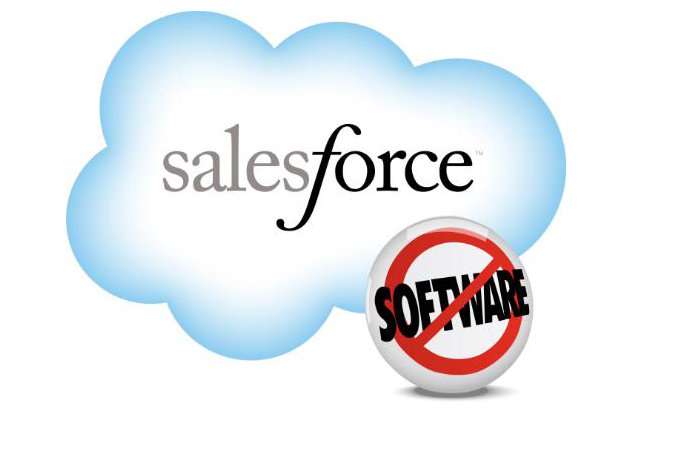

Salesforce.com today made a host of additions to its social collaboration service Chatter, as well as adding HTML5 capabilities for mobile apps delivered on the company's platforms.
This morning at Dreamforce 2011, a wide range of new Chatter features were announced many focusing on the social aspect of company operations.
"Chatter is becoming the leader in employee social networking," chief executive of Salesforce.com Marc Benioff said.
One major new addition is presence. Chatter Now will show when colleagues are online, allowing for instant communication and screen sharing.
For those who have been watching HTML5, it's as important as HTML when it first came out.
Customer Groups within Chatter will allow businesses to interact with others outside of their organisation via private groups, including customers.
The Approvals feature, meanwhile, will let users take action on anything to do with the approval process within Chatter. Approval processes will contain "context" as well, to help make better decisions at the sales level.
Get the ITPro daily newsletter
Sign up today and you will receive a free copy of our Future Focus 2025 report - the leading guidance on AI, cybersecurity and other IT challenges as per 700+ senior executives
Chatter Service combines one of the vendor's big money earners the Service Cloud with the social collaboration tool to provide a simpler portal for customer interaction. The feature hooks up with major sites like Facebook so customers can get in touch via a "familiar social feed."
The Chatter contact pages have changed too, pulling in all contacts from LinkedIn, Facebook, Twitter, helping to build "social profiles," just as the newly-announced Data.com is attempting to do.
The Service and screen sharing additions will be generally available in 2012, whilst the other features will come out in early 2011.
Chatter Service and screen sharing will also come with separate pricing, with the others supplied free for all Chatter customers.
More Chatter for developers
Salesforce.com also announced a number of other Chatter enhancements aimed more at developers.
Chatter Connect will allow developers to create custom and third-party apps for the social collaboration service. The new Chatter REST API, meanwhile, lets users integrate Chatter into other applications, such as intranets.
Chatter for SharePoint allows for embedding of Chatter feeds into the Microsoft-run collaboration product, as well as share documents across the two services.
Chatter Connect is available today for free, whilst the SharePoint addition is scheduled for release in late 2011, also for free.
Adding HTML5
Salesforce.com does not want to miss out on the shift to HTML5 either, announcing Touch.salesforce.com for mobile devices.
The app means users will be able to access Salesforce.com services, whether they be apps provided by the cloud company or customer created applications, via their touch devices.
"Improvements in hardware are being complemented by huge shift in software. For those who have been watching HTML5, it's as important as HTML when it first came out," Benioff said.
"We were huge believers in HTML in the beginning - it's a no-brainer to rapidly bring in HTML5. How you use Salesforce on these mobile devices is going to change."
According to Salesforce.com, the app will work with any mobile platform.
It's hoped the service will inspire developers to create improved mobile-oriented apps too.
Tom Brewster is currently an associate editor at Forbes and an award-winning journalist who covers cyber security, surveillance, and privacy. Starting his career at ITPro as a staff writer and working up to a senior staff writer role, Tom has been covering the tech industry for more than ten years and is considered one of the leading journalists in his specialism.
He is a proud alum of the University of Sheffield where he secured an undergraduate degree in English Literature before undertaking a certification from General Assembly in web development.
-
 Cleo attack victim list grows as Hertz confirms customer data stolen
Cleo attack victim list grows as Hertz confirms customer data stolenNews Hertz has confirmed it suffered a data breach as a result of the Cleo zero-day vulnerability in late 2024, with the car rental giant warning that customer data was stolen.
By Ross Kelly
-
 Lateral moves in tech: Why leaders should support employee mobility
Lateral moves in tech: Why leaders should support employee mobilityIn-depth Encouraging staff to switch roles can have long-term benefits for skills in the tech sector
By Keri Allan
-
 New Microsoft Teams features for business users
New Microsoft Teams features for business usersIn-depth All the latest Microsoft Teams features after the platform is given a redesign, complete with an AI-powered assistant and a faster engine
By Danny Bradbury
-
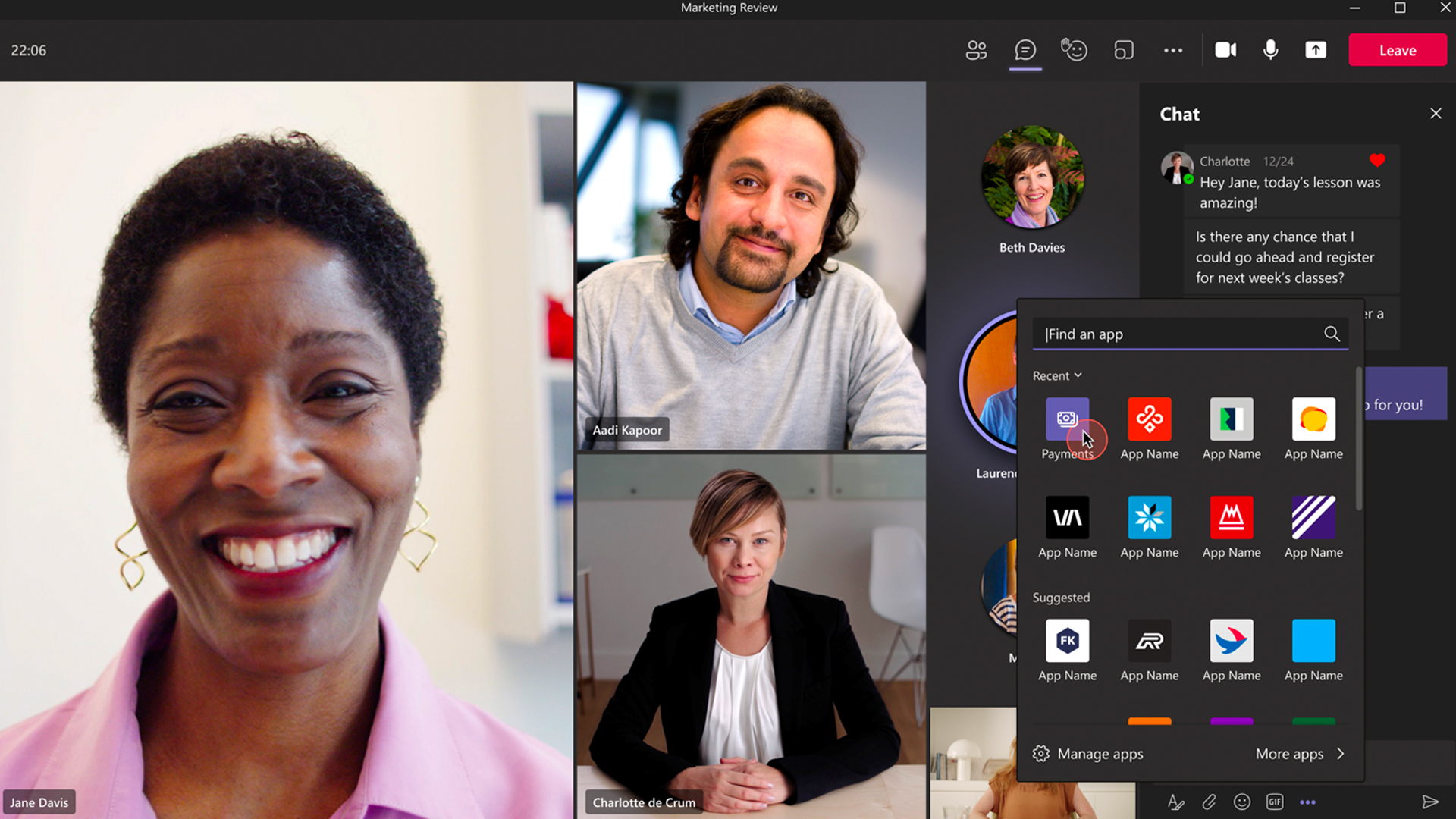 Microsoft Teams now allows SMBs to collect payments in meetings
Microsoft Teams now allows SMBs to collect payments in meetingsNews With the help of PayPal, Stripe, and GoDaddy, the Microsoft Teams Payments app offers in-meeting payment requests
By Connor Jones
-
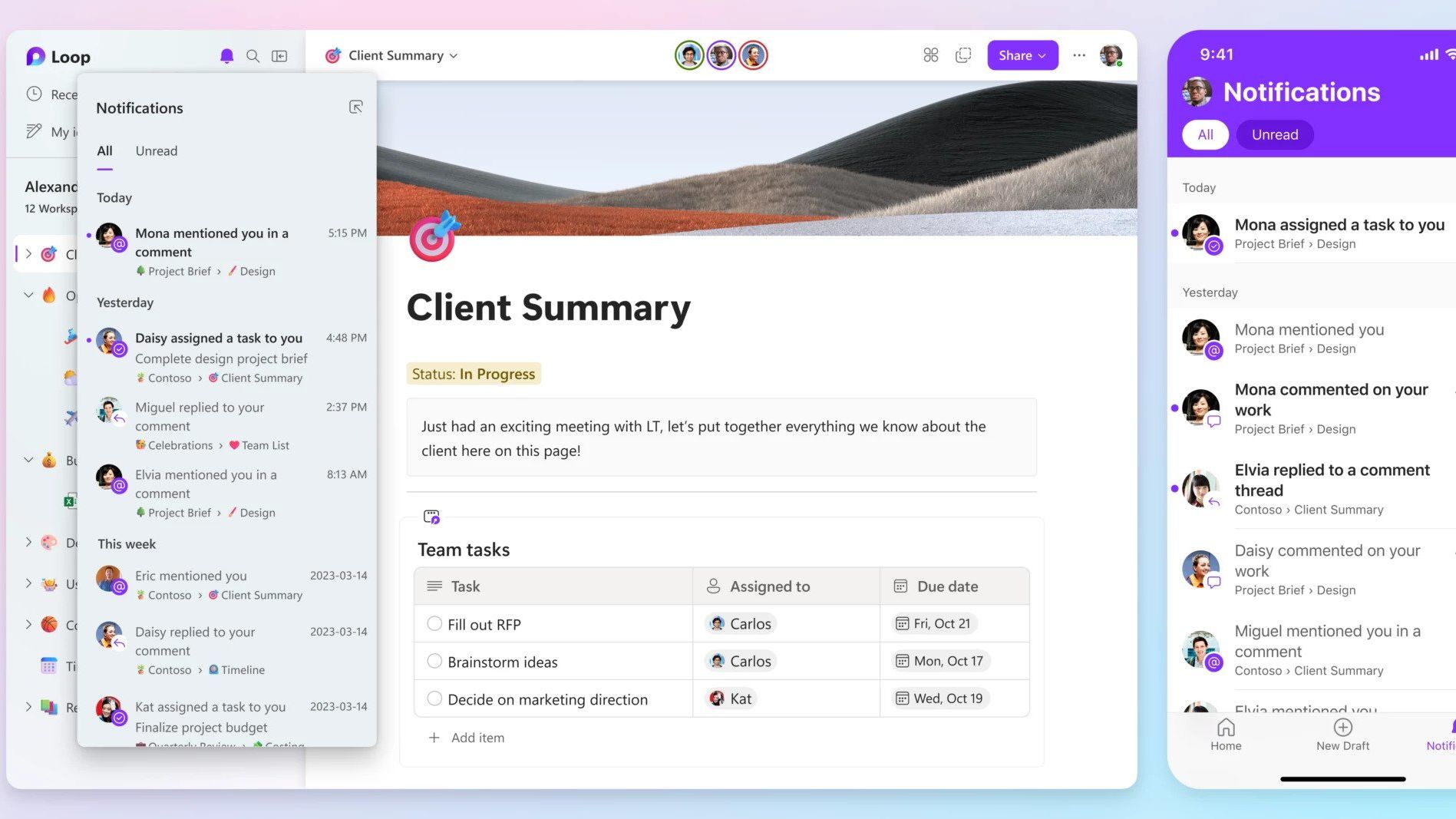 Microsoft launches collaboration platform Loop, its answer to Notion
Microsoft launches collaboration platform Loop, its answer to NotionNews Greater collaboration tools are coming to the Microsoft 365 suite, aiming to help teams work together without having to jump between different apps
By Zach Marzouk
-
 Meta Quest Pro preview: Meet Meta's 'laptop killer'
Meta Quest Pro preview: Meet Meta's 'laptop killer'Opinion We go hands-on with the Meta Quest Pro, as the firm banks on turning hardware preferences upside down
By Bobby Hellard
-
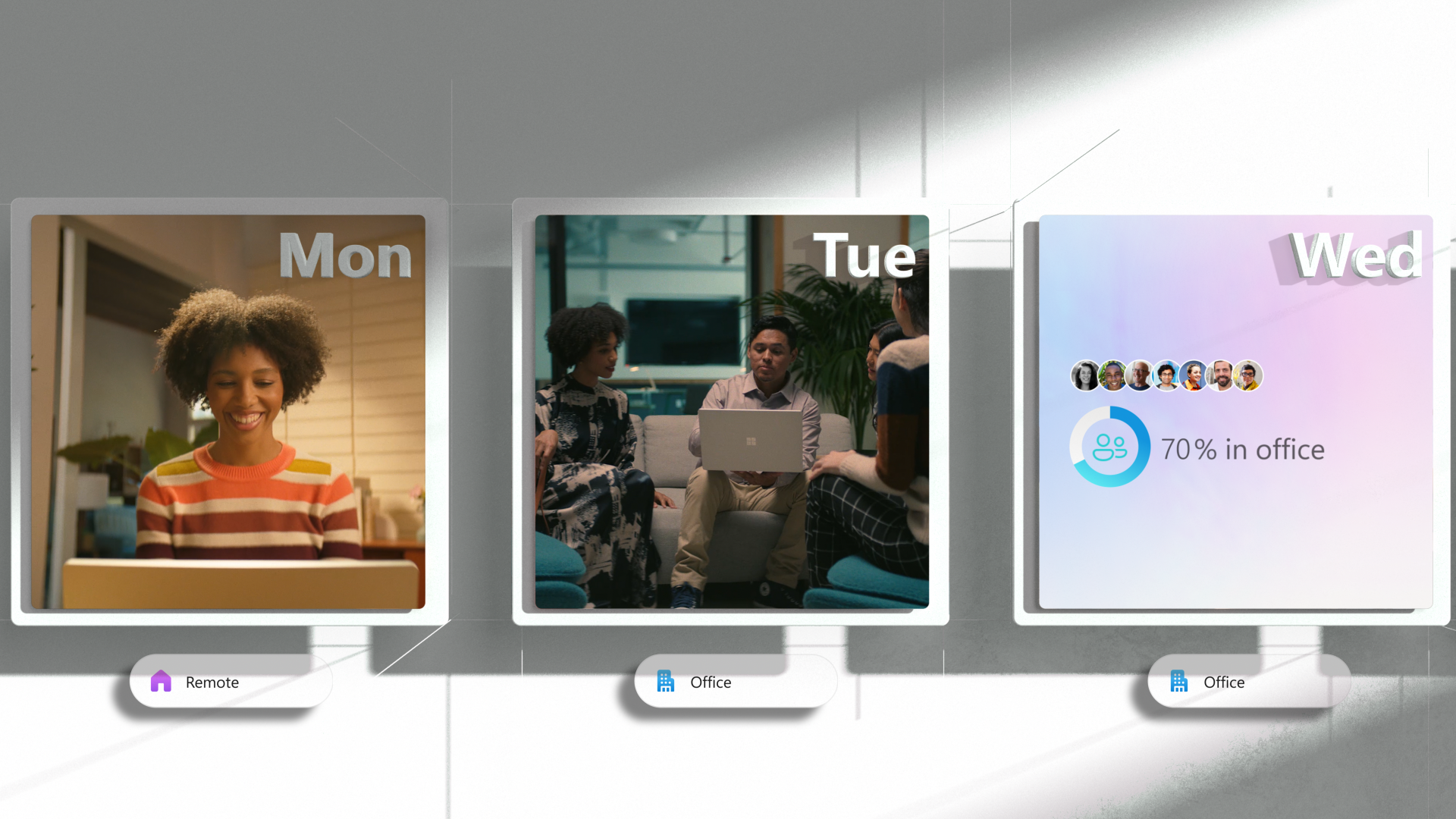 Microsoft launches Places, includes GPS-style navigation to help find meeting rooms
Microsoft launches Places, includes GPS-style navigation to help find meeting roomsNews The new app built specifically for organisations adopting a permanent hybrid work model brings new features to manage people and the workplace itself
By Connor Jones
-
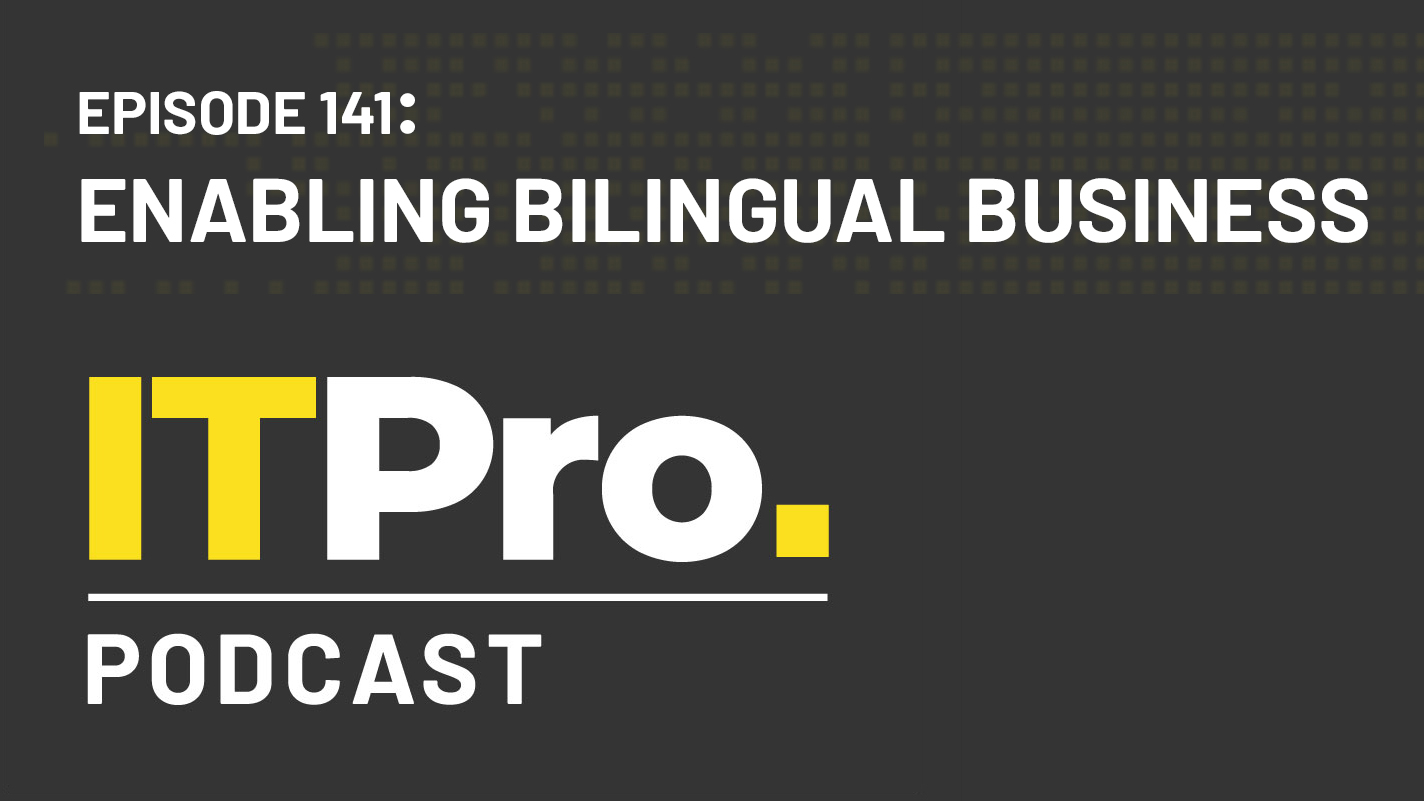 The IT Pro Podcast: Enabling bilingual business
The IT Pro Podcast: Enabling bilingual businessIT Pro Podcast How Wales is using digital tech to deliver a greater choice of languages
By IT Pro
-
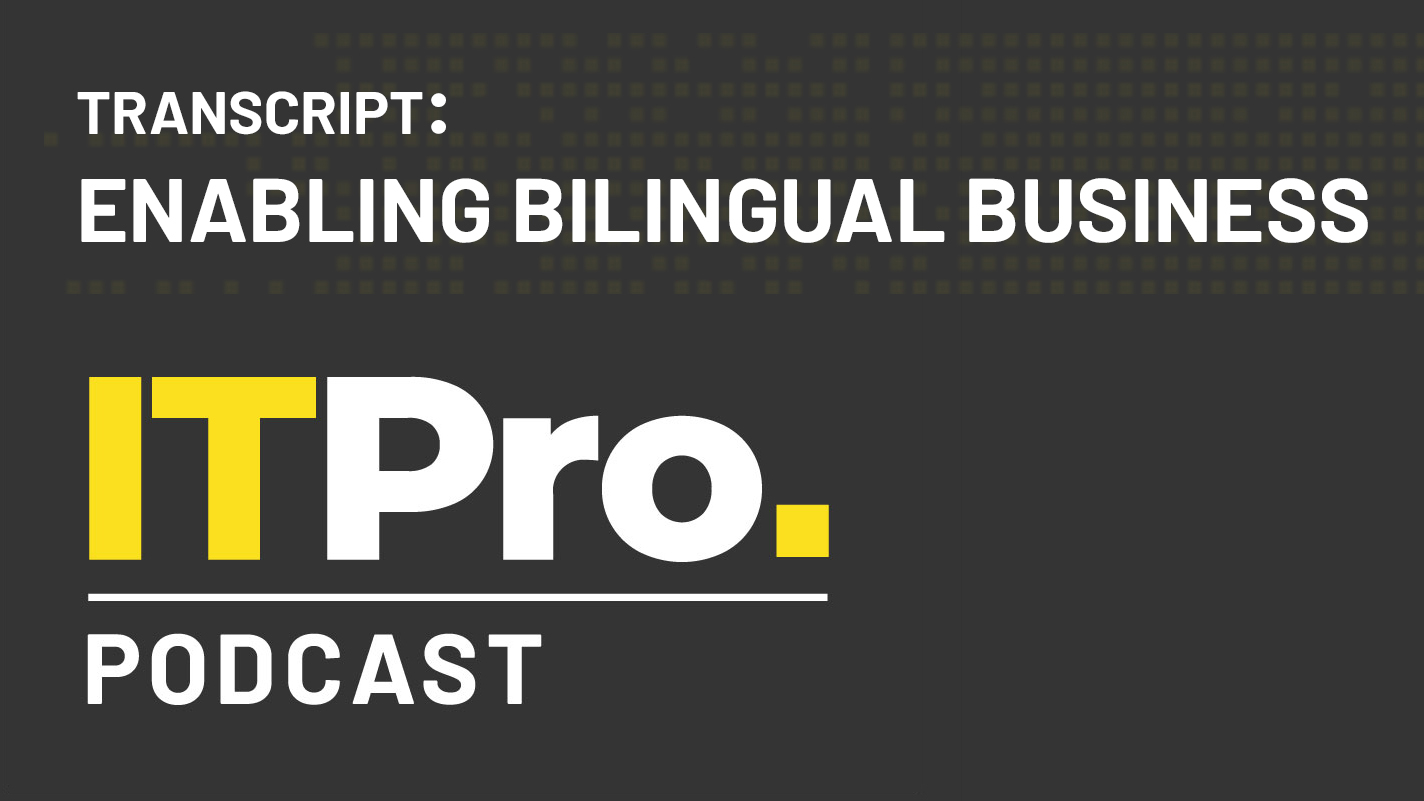 Podcast transcript: Enabling bilingual business
Podcast transcript: Enabling bilingual businessIT Pro Podcast Read the full transcript for this episode of the IT Pro Podcast
By IT Pro
-

 Qnap KoiBox-100W review: An intriguing alternative
Qnap KoiBox-100W review: An intriguing alternativeReviews A versatile and affordable videoconferencing solution with great wireless screen presentation features
By Dave Mitchell